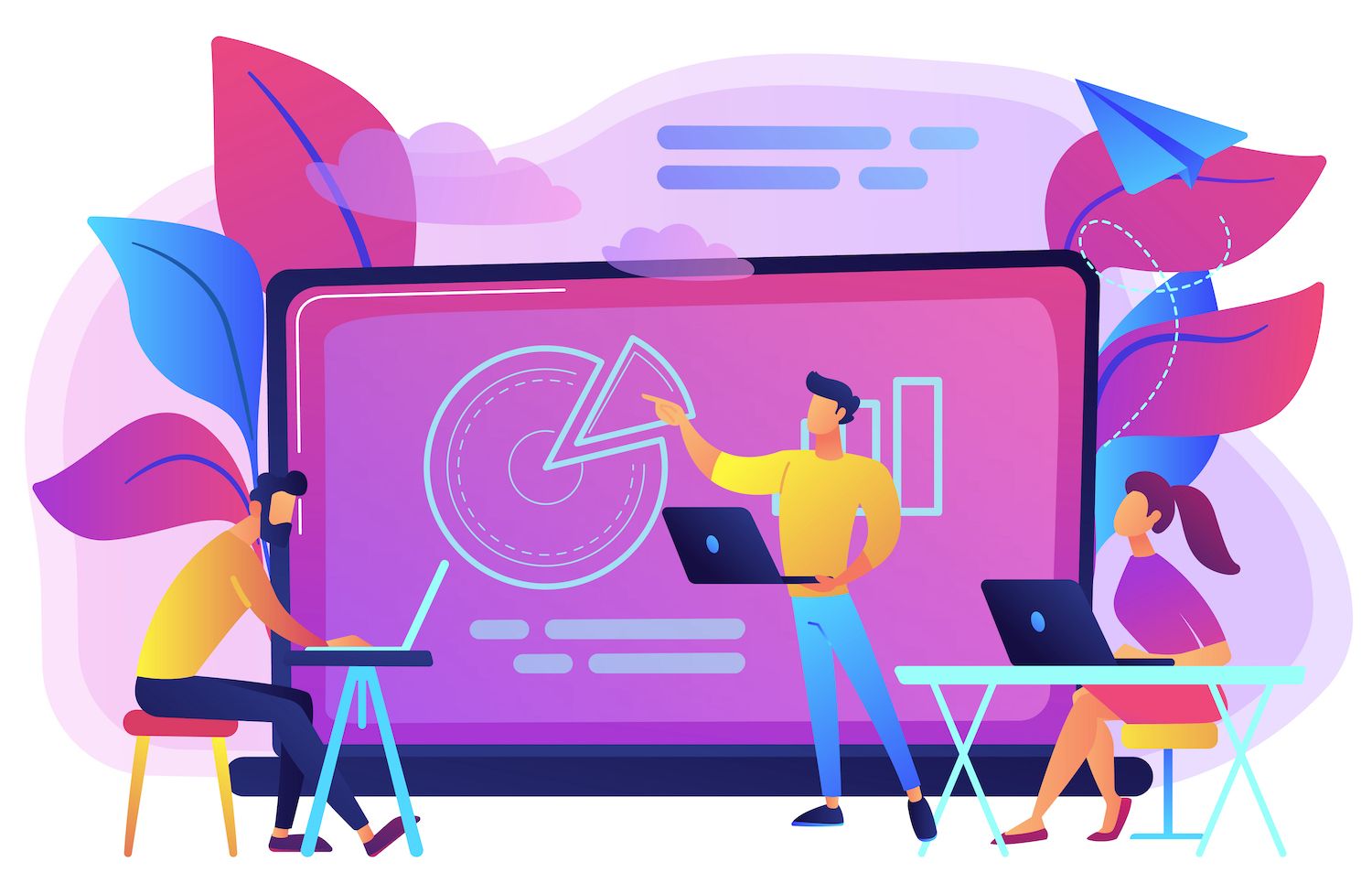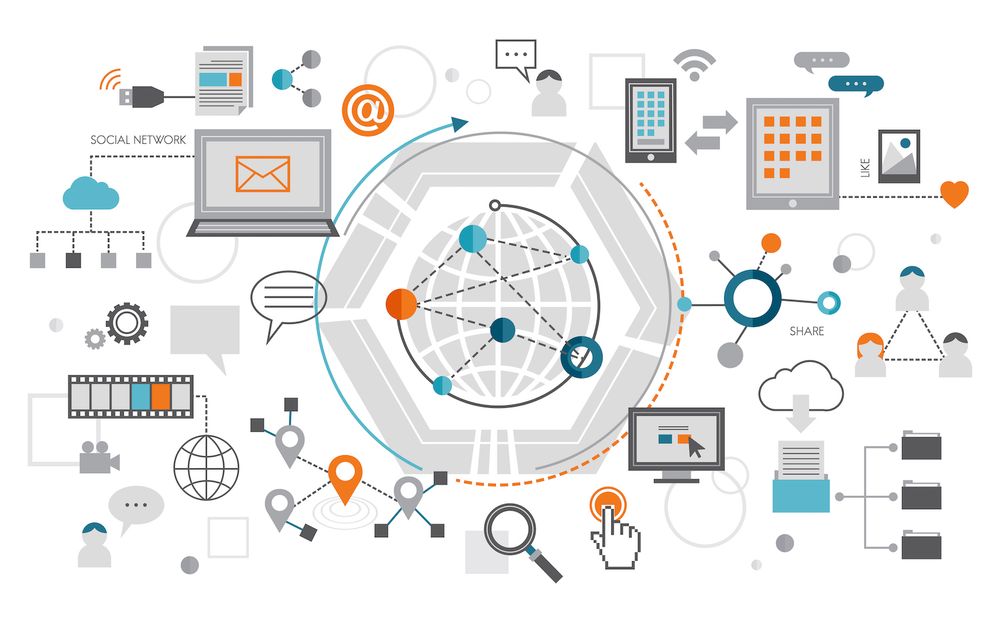How to Have Better Pricing conversations -
During pricing calls What can you do to convince someone that the price you offer is right?
A few would suggest telling them the reason why your product is superior than the alternatives...
Unfortunately, that is only going to get you up to a point.
Below are two strategies to help improve the quality of your price calls in an environment that is B2B, where both Sales Development Representatives (SDR) and Account Executives (AE) are engaged in the sales process. Let's get to it...
Value Coaching
Negotiations on pricing are likely to fail if there is the need to differentiate between what you and your prospects think is worth their time. While it's tempting (and actually more adaptable) to regurgitate the company-wide Value propositions and other talking points, it's likely to create a gap between you and your prospective customer. There are times when it's just semantics. it's crucial to truly understand your prospect's business. You can then define your service or product on the basis of the business of your prospect.
This process is what I call value coaching. It's an elusive concept that it starts by listening and understanding instead of doing the talking. There are two methods to start understanding what prospects perceive as value:
1) Effective discovery through a continual conversation.
You can ask your prospective client the following inquiries:
- You mentioned your sales team utilizes (TOOL X). Which component of this solution do you use the most with your staff? What are you doing to address this problem today? Do you use any tools and are you responsible for it?
Check out this quote from Scott Sambucci, Founder of SalesQualia:
"Price can be a reference point for customer perceived value. If your customer isn't happy with the price, they are telling you that you've not yet conveyed the perceived worth that is required to justify your expenditure ."
Sales representatives often do not understand their customer's stack, and they often make statements too soon. Asking these probing questions about what the prospects' perception of the value of their current product will allow you to determine how your product is placed within it, and show that you have value to them.
Before you enter pricing ensure that you know what similar software tools they use. After that, you'll be able to change your focus to what value those tools bring to their users and then address the space that lies between.
As an example, your potential customer may view value as how long they use a service. Their team may say that they use HubSpot for 5 hours every day, making it an excellent business investment.
If your item isn't one that demands the user spend all day within it It is important to communicate to them why it brings benefits even though they may not be using it 24/7.
Be aware that if you set the make your pricing too soon the risk is that customers will be hesitant over the price. Find out what they value and then find a way to empathize with the business's challenges and ways they may consider worth (in other words, warm their hearts a little). The best answers in sales are yes or no. If there's too much daylight between perceptions of worth, it's in both yours and the prospects most beneficial interest to pull away from the sale before committing more resources.
2.) Make use of tools that can give you insights into the way your audience interacts with your content.
Effective discovery is very difficult as most prospects are eagerly trying to see a demo or get to the cost point. There are techniques and tools that you can employ to get a better understanding of what appeals to your prospects.
- Uberflip: create personalized content experiences for your prospects. The analytics tool they provide gives you an insight into what content your prospects are engaging.
These two strategies will assist to educate your potential customers on value rather than assuming what they would like and offering the wrong solution.
Single Option Alternative
The second suggestion for making successful calling calls to pricing is to rely on the psychological concept of single-option aversion.
Behavioural scientist Daniel Mochon posits that consumers are more likely to purchase when they are given several options. The study was conducted by Mochon in which consumers were presented with two different brands that play DVDs. 32 percent said they'd buy the brand they saw first while 34% picked the second. When the respondents were shown just one DVD player, just 9% (or 10 percent (depending the brand they saw) stated they would buy the item. It's an 66 percent growth in sales simply adding a second option for the buyer.
Although it's not a good idea to sell B2B SaaS, the brain approaches almost all purchases this way.
This effect only increases in B2B SaaS environments.
We researched the leading SaaS companies and found that over 65% had a consumer-facing multi-tiered pricing page with a contact-us/enterprise tier without a price.
For most businesses, when someone uses the 'contact us' form , the prospect's details are passed on to an SDR for discovery and then to an AE for further exploration, demonstration, and pricing. Prospects have come to love auto-service solutions as they have the ability the chance to select a service which meets their requirements as well as quickly buy and install the system.
From the moment they see the pricing section on your website to the pricing proposal, prospects are empowered with choice and choices. But at the end of the procedure, they're provided with just one option and a cost to purchase the product.
I'd suggest replicating the self-service purchasing experience for potential customers however, keeping the cost secret. This way you can frame your conversation as "These are a few different packages that suit our various customers, is there a particular tier or set of features/functionalities that resonates with your needs?"
You can then leverage the power of 's price guides to focus to the specific solution that your customer is seeking.
Once you have identified where the most interested is through your first chat, you'll be able to design and cost out 3 custom tiers for their needs. These come with the benefit of higher-level knowledge as well as the scientific principles of single-option aversion.
Interactive Quotes lets you create completely customized guides for each new prospect and ensure that they're met with a wide range of options when it comes to prices and other features.

Additionally, you can integrate Drift right into your pricing guides. Customers can have inquiries while reading the price guide, instead of needing to write you an email. This can speed up the time. It allows you to make guide changes at a moment's notice and puts you that much further away from closing your sale.
The Wrapping up
The process of pricing calls can be challenging and uneasy. To build trusting relationships with your customers accelerate your sales cycle, and make more efficient pricing calls
- Make your discovery process more akin to the value of coaching instead of presuming what your potential clients perceive as value
- Utilize single-option aversions and self-service pricing methods to your advantage

